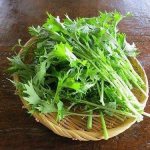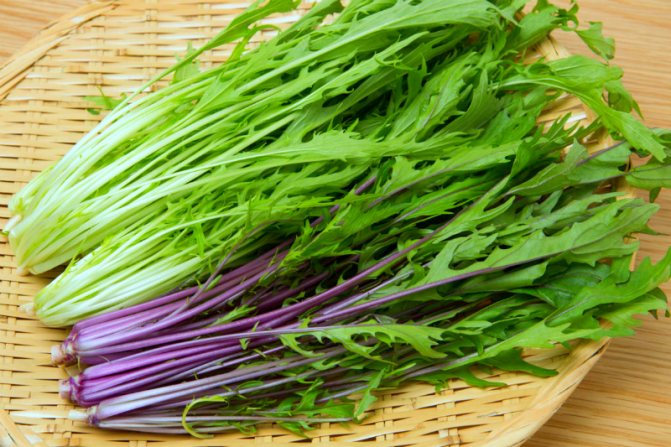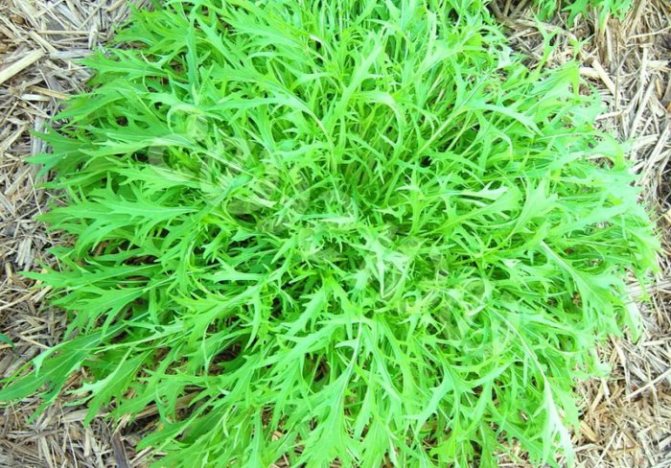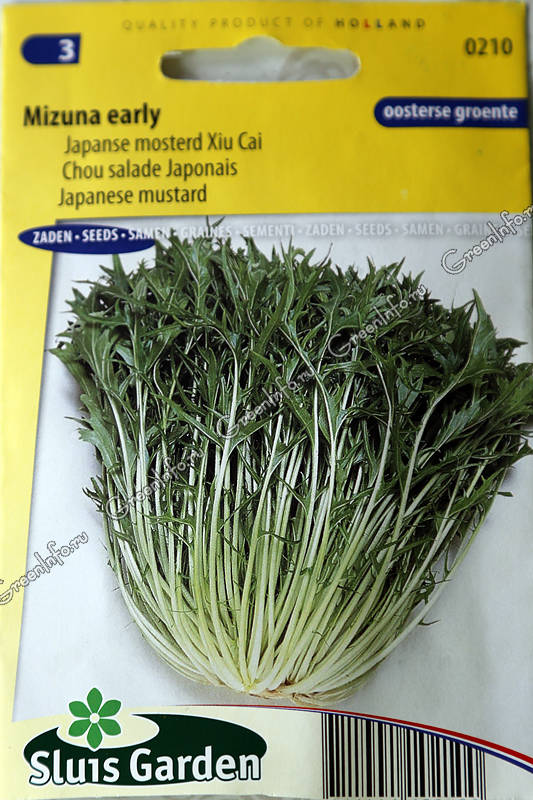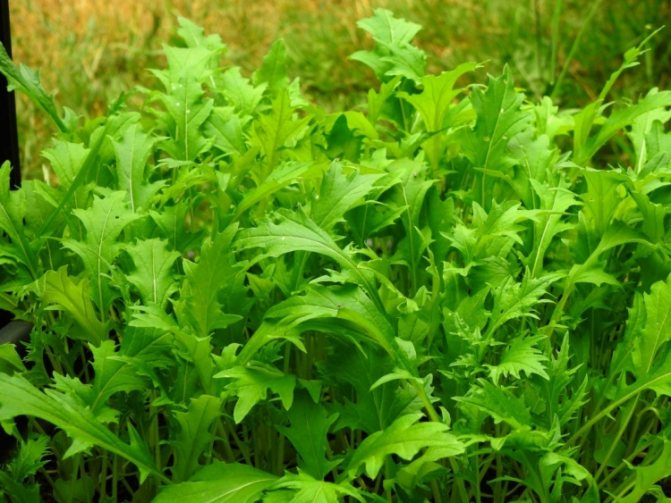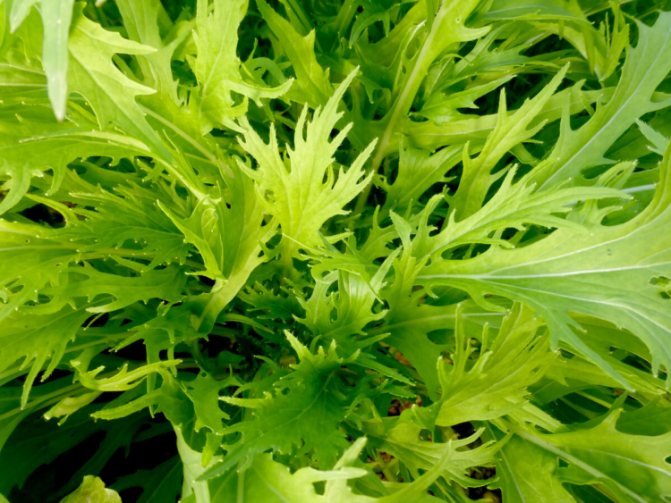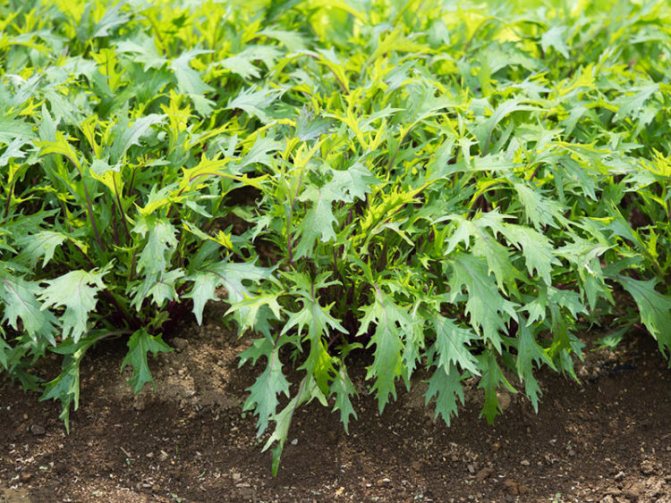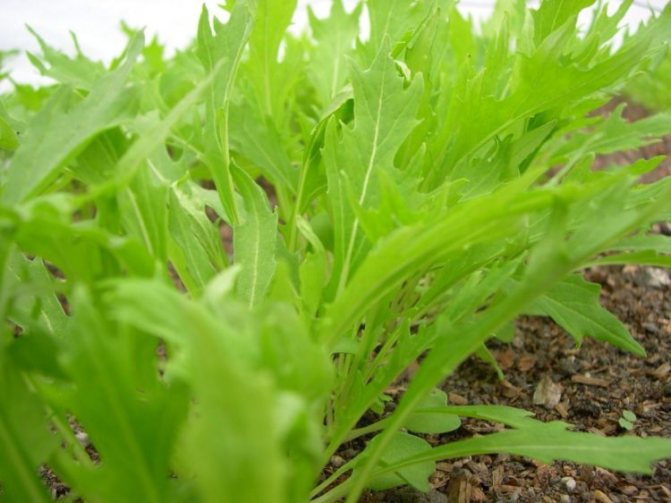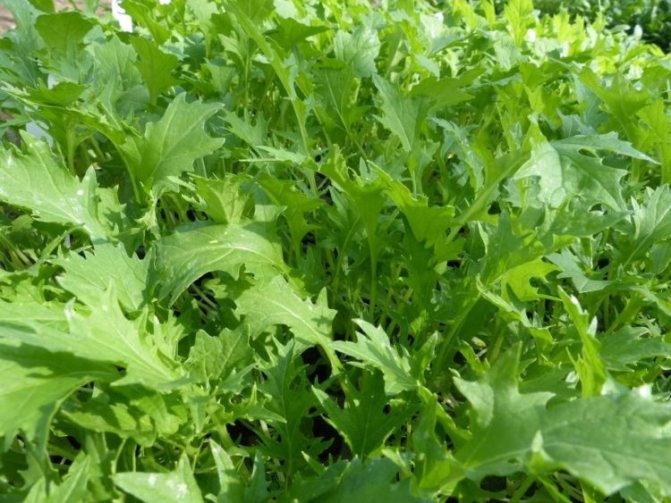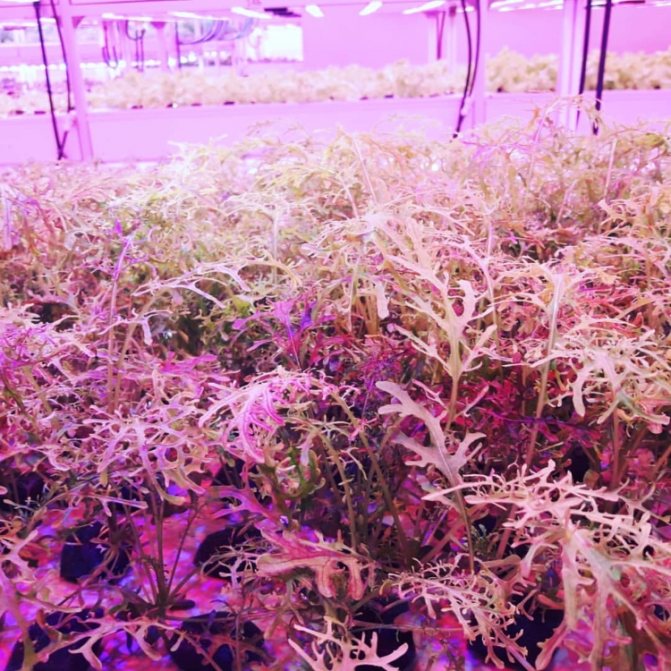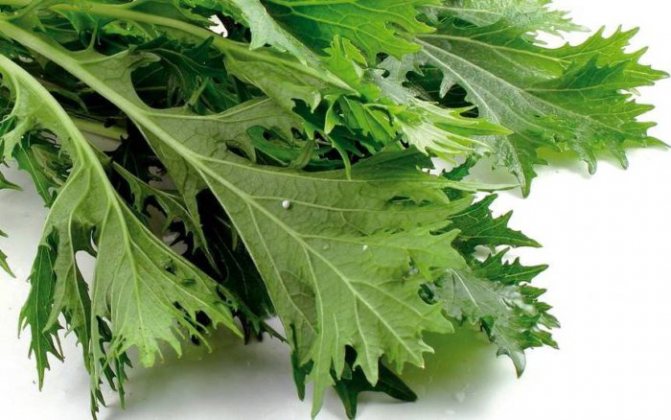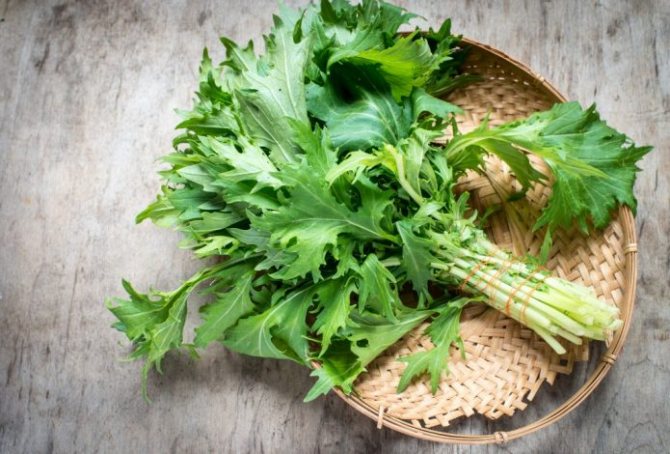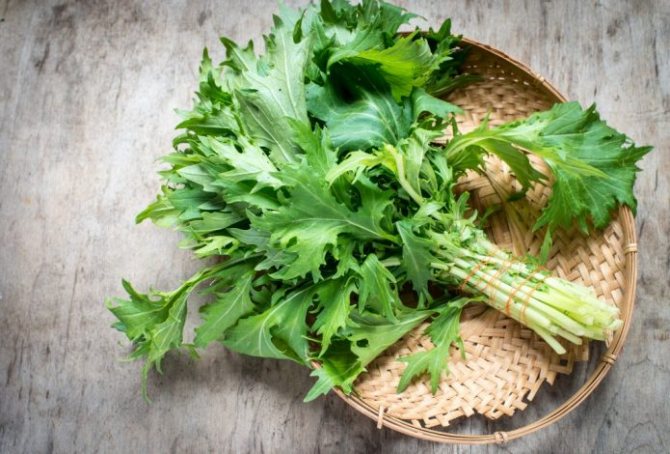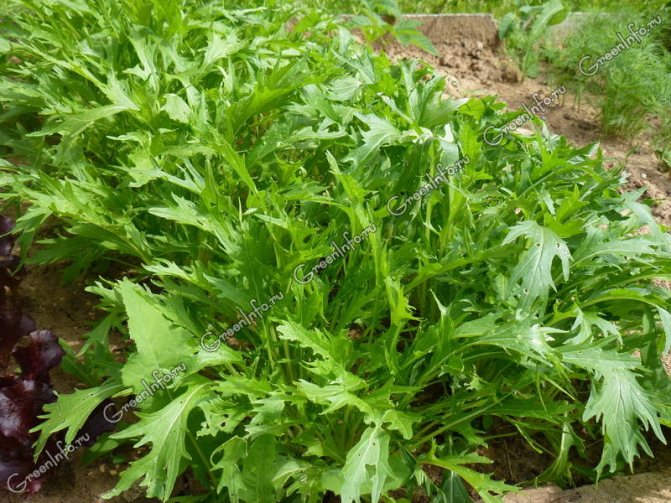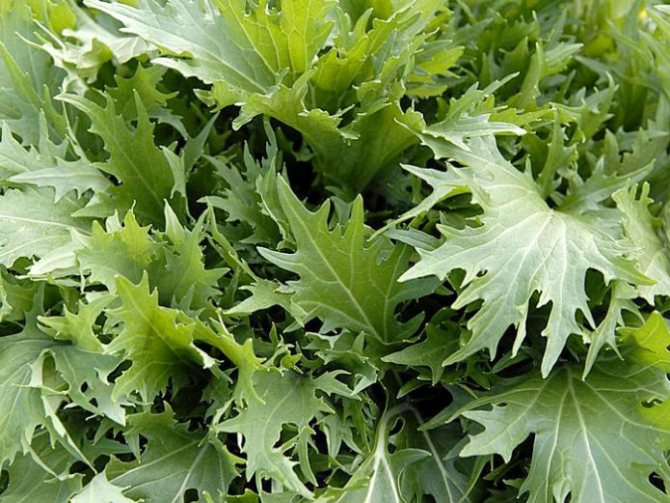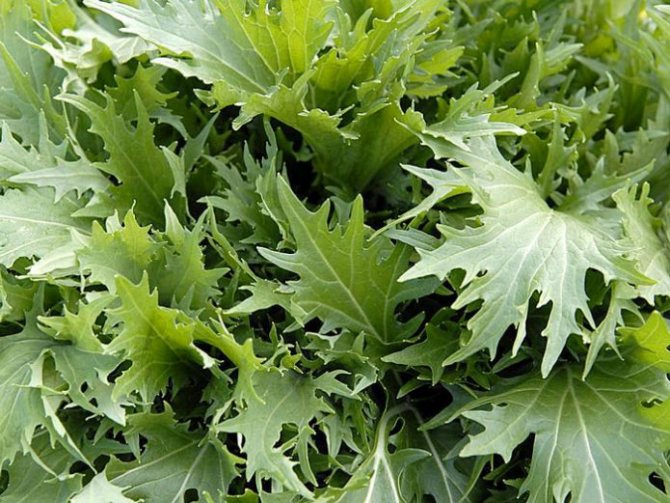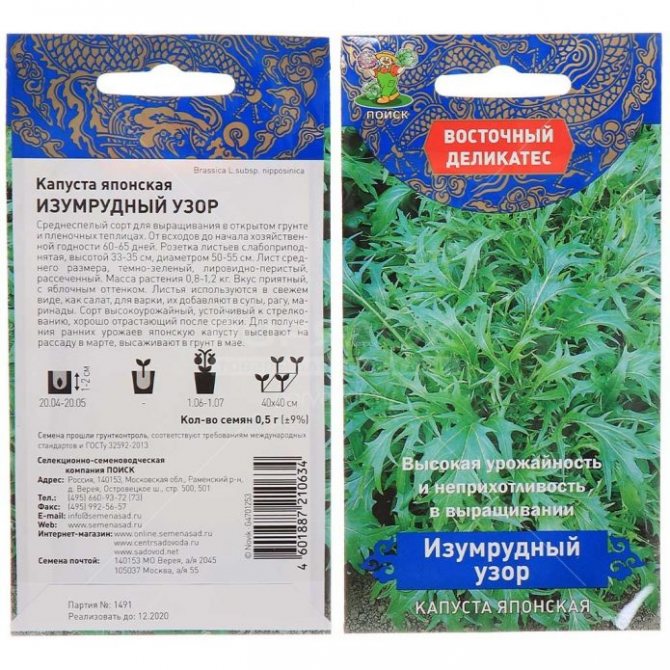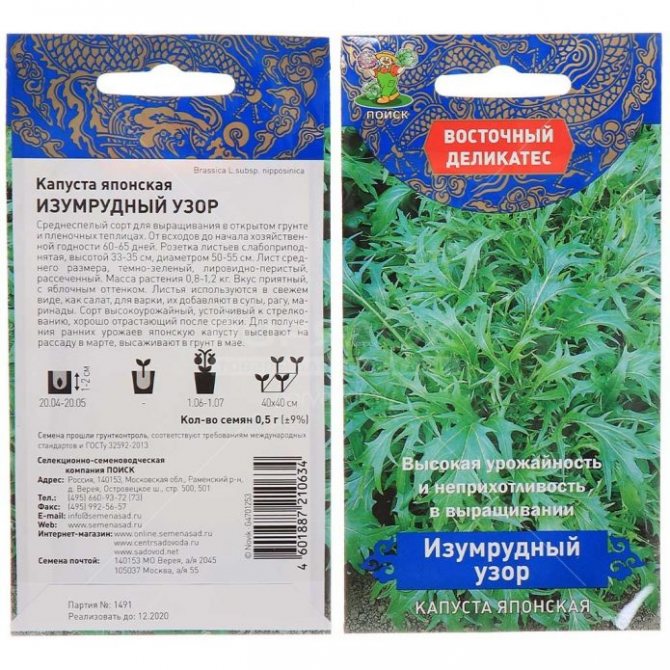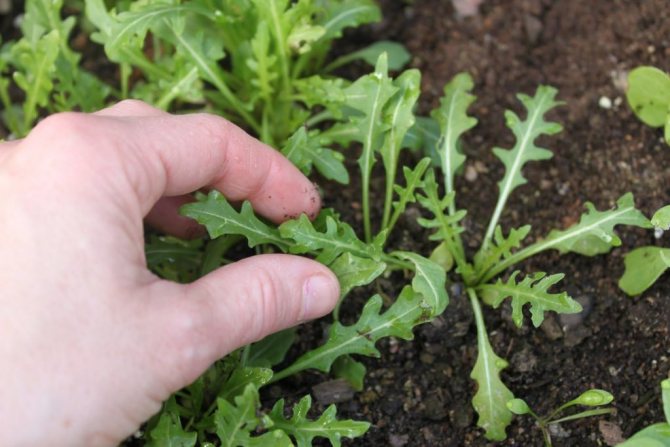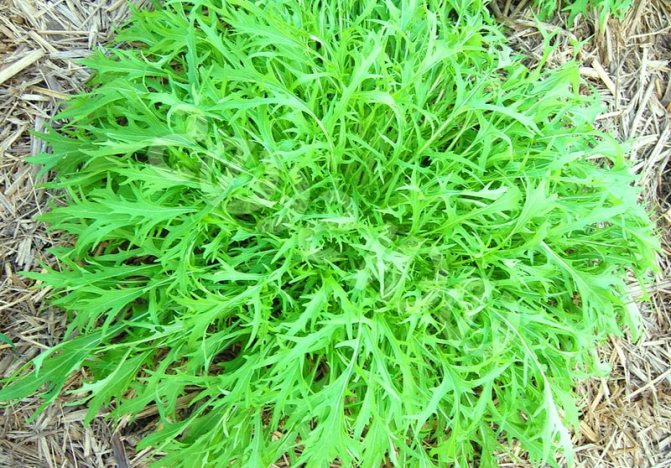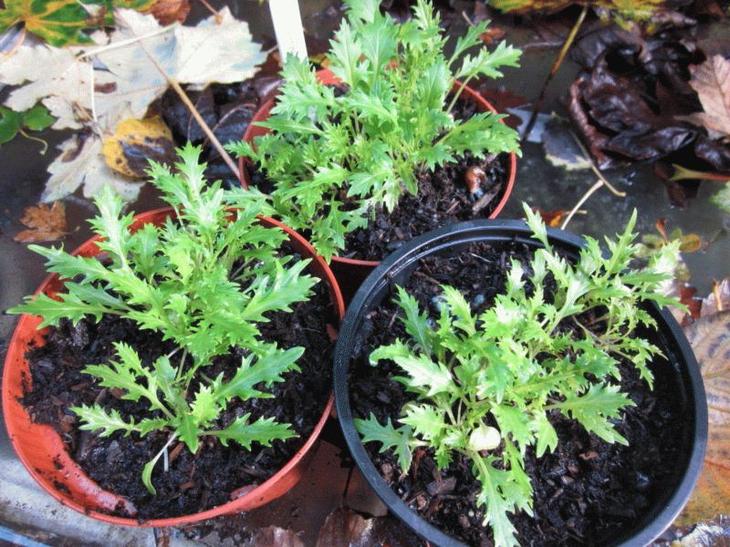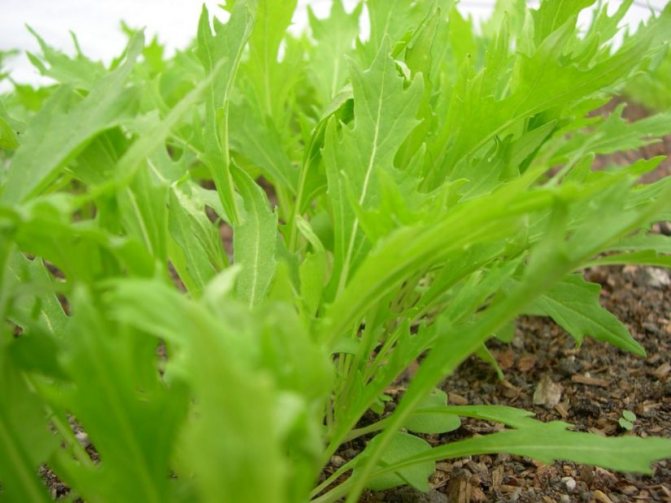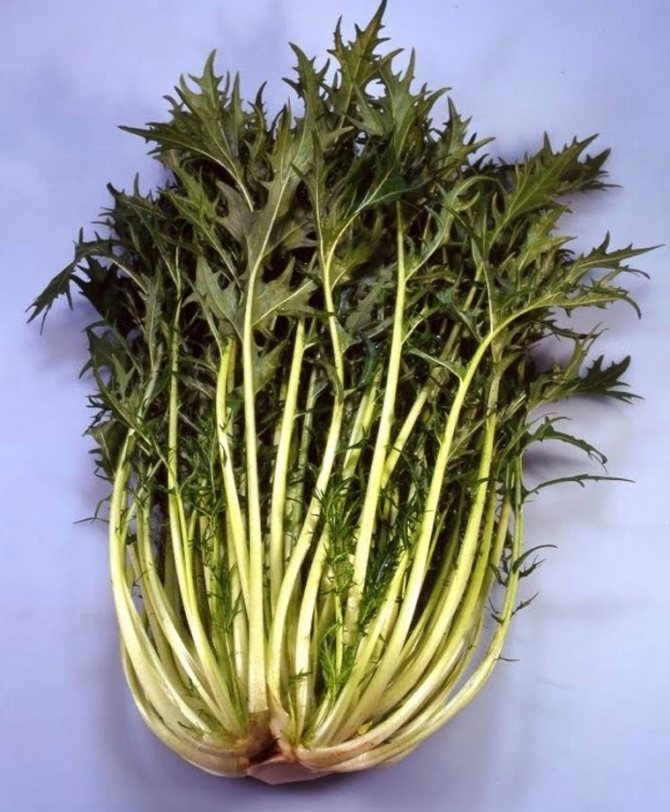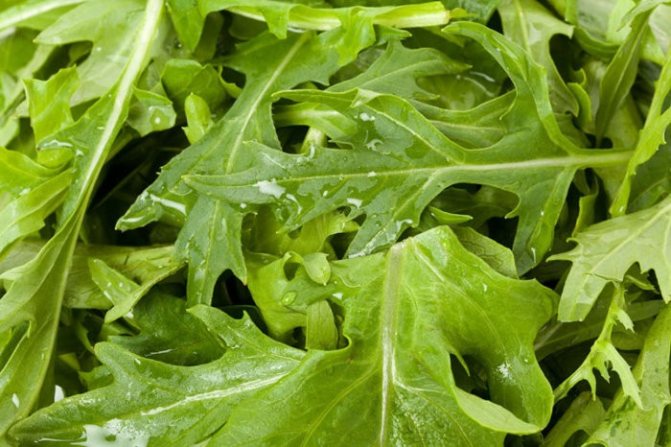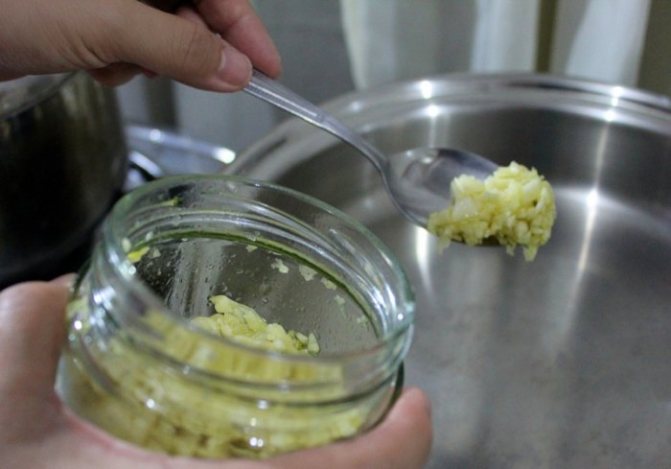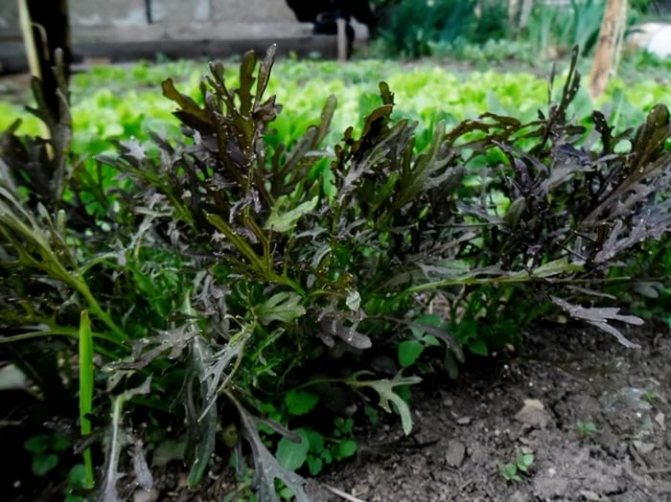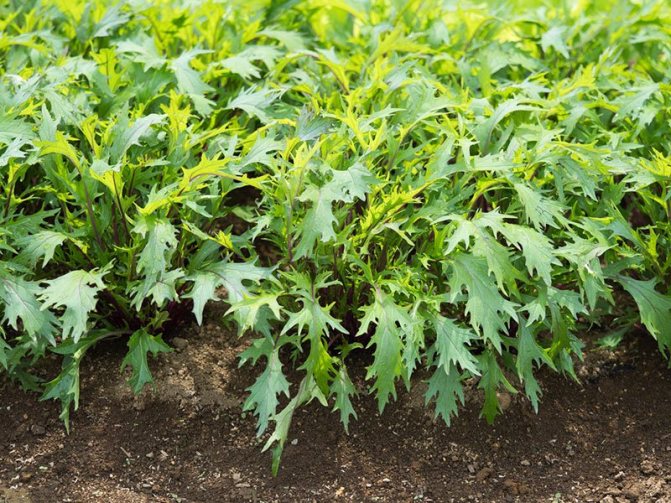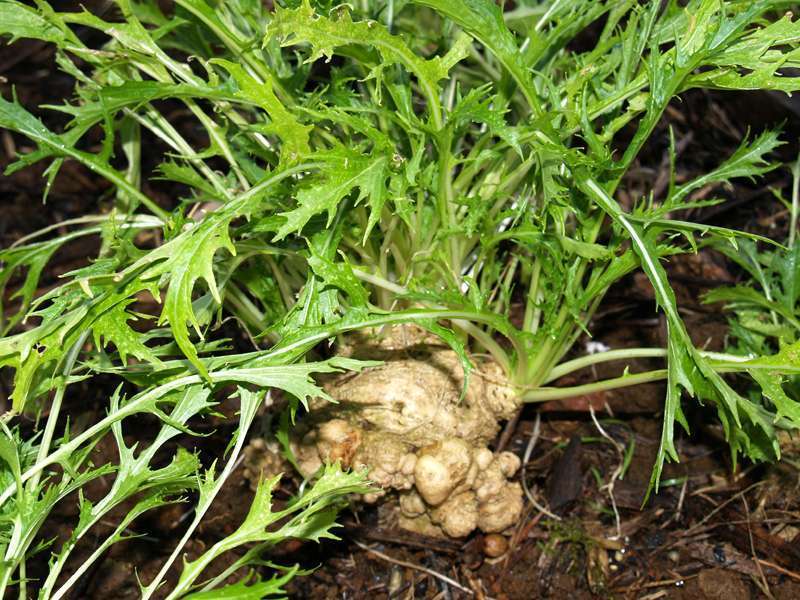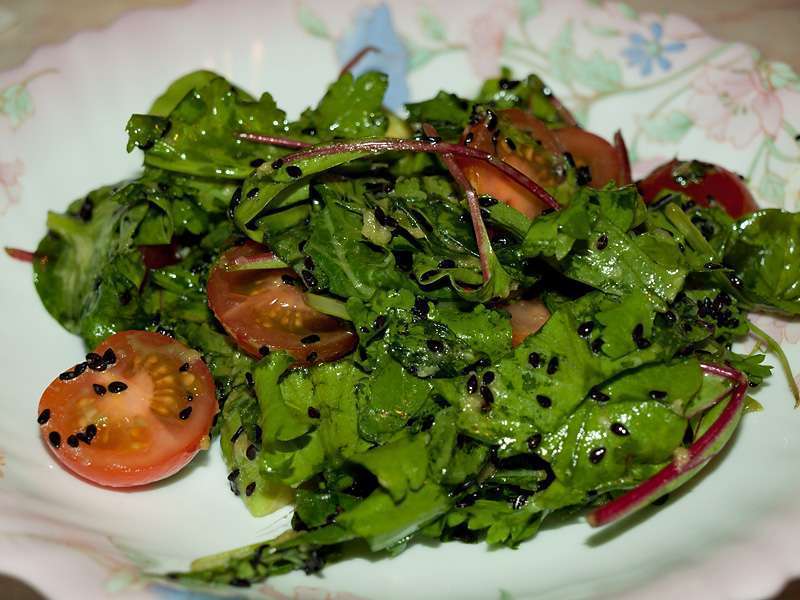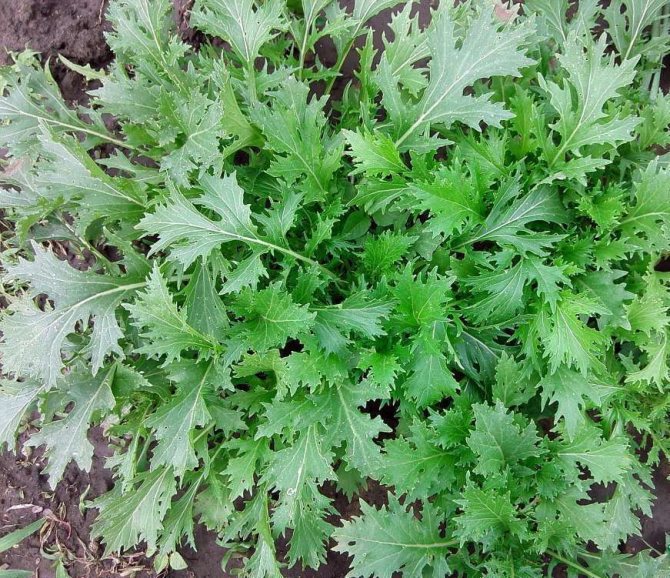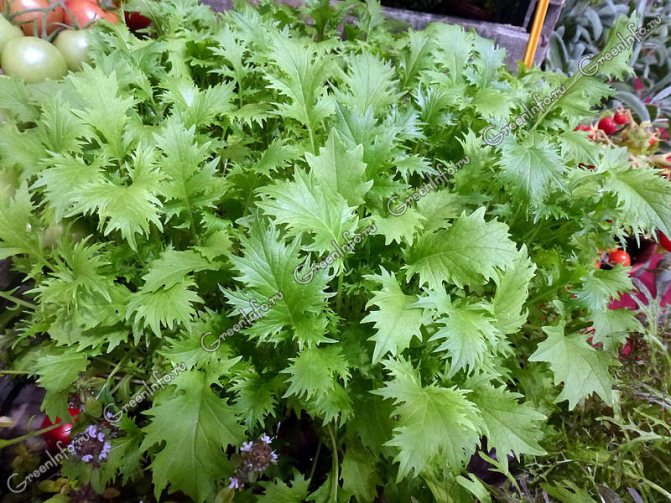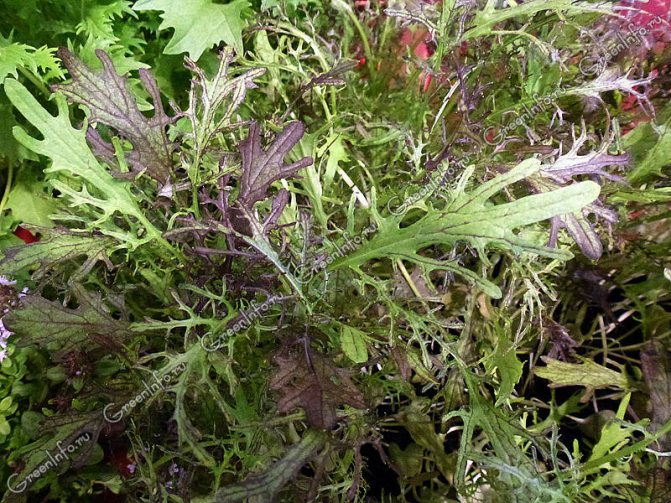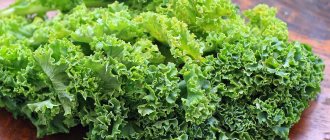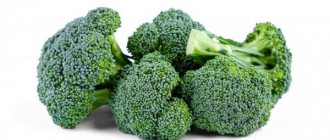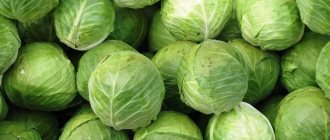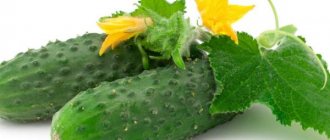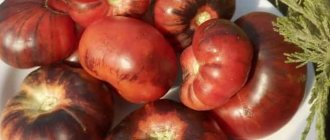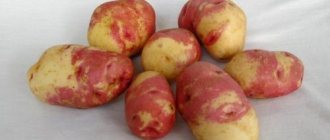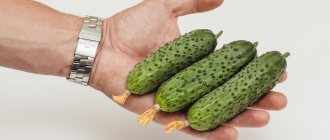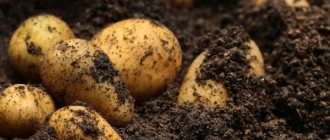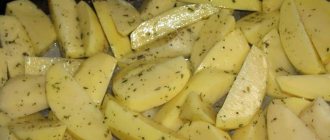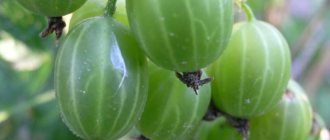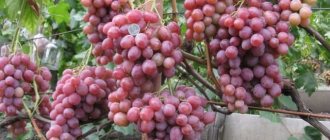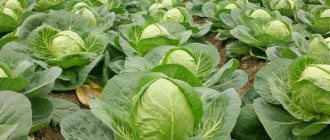|
At the flower market in Amsterdam, I had the opportunity to purchase the seeds of some rare vegetable crops, among them was Mizuna Early with cut leaves. It was immediately clear from the picture on the bag that it was a green salad culture. And the Dutch inscriptions read: Japanese mustard Xiu Cai, Japanese salad Chou. At first I decided to find out in more detail what this culture is in botanical terms.
Mizuna - a variety of Japanese cabbage, which, in turn, belongs to the genus turnip (Brassica rapa). It can be found under the name Brassica rapa ssp. japonica, but now it belongs to another subspecies - Brassica rapa ssp. nipposinica var. laciniata. According to the older classification, Brassica rapa var. lancinifolia. In North America, where it is popular, it is called Mustard Green, Japanese Green Salad.
Mizuna is just one of the varieties of Japanese cabbage. Another - Mibuna (Brassica rapa ssp.nipposinica var.linearifolia) - Mibu Green Salad, Kyoto Green Salad - has whole, long lanceolate leaves.
In Japan, this cabbage has been cultivated since ancient times, it is used to make soups, roast, and is part of the national dish nabemono, like a stew, which is cooked in ceramic dishes. However, the homeland is presumably still China; practically nothing is known about the history of this culture.
Another common Japanese name for them – Kyouna. But we will call it in the future, nevertheless, by the name we have adopted, Japanese cabbage. By the way, Peking cabbage (Brassica rapa ssp.pekinensis) and Chinese cabbage (Brassica rapa ssp.chinensis) are considered its closest relatives within the genus Brassica rapa.
The culture is very useful, rich in biologically active substances and vitamins, contains a lot of carotene, vitamins C, B1, B2, PP, potassium, calcium, phosphorus, and iron salts. It is indicated after spring vitamin deficiencies, for the prevention of cardiovascular, oncological diseases, with stomach ulcers.
general information
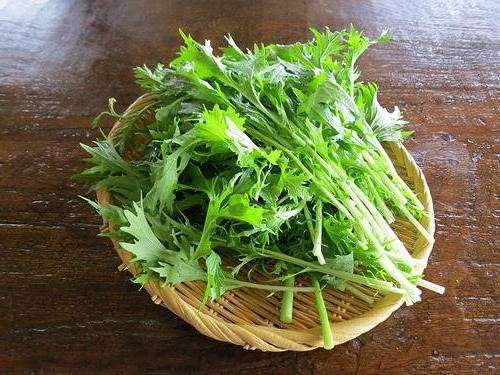

First, let's get acquainted with what this representative of the flora is. Japanese cabbage, as the name implies, came to us from the Land of the Rising Sun, although there are suggestions that China is its homeland. It looks like thin long stems that are collected in bunches. On the stem are carved leaves of bright green color. Refers to the genus turnip.
This plant takes root well in our regions. We perceive it as a salad rather than a cabbage. It should be noted that at home this plant has been used for food for a very long time. Due to the content in it of a large amount of vitamins and nutrients (phosphorus, iron, calcium, etc.), cabbage is recommended for use by patients with cancer and those who have digestive problems.
What is Mizuna
Japanese cabbage in the photo looks almost like arugula, but in fact it is a brown or bright green pepper salad. As the name suggests, the cruciferous vegetable is actively cultivated in Japan. But the word "cabbage" here seems out of place, because Mizuna (Mitsuna) does not form a head of cabbage, confining itself to a lush rosette of patterned leaves.
It blooms with small yellow flowers. The seeds are very small, like poppy seeds. In the ground, a root crop 10-20 cm long is formed, which tastes like rutabagas.
Japanese cabbage can be eaten within a month after sowing.
Today in Russia they sell mainly such varieties as red Mizuna, "Little Mermaid" and Japanese cabbage "Emerald Pattern", the cultivation of which is not only useful, but also a pleasant experience. Only two varieties are registered in the State Register:
- Dude. Ultra early ripening variety. From the appearance of the first shoots to the cutting of ripe leaves, no more than a month passes. Suitable for growing both indoors or in a greenhouse and outdoors. Mainly intended for salads. It has strongly dissected leaves and a horizontal rosette. On average, one adult plant weighs 400 grams, from one square meter you can get up to 6 kg of yield. Leaves grow back very quickly after pruning.
- The little Mermaid. This variety of Japanese cabbage is considered mid-season - 2 months pass from germination to maturity. The rosette is slightly raised or simply horizontal, consisting of an average of 50 leaves 40 cm high and 65 cm in diameter. The leaves have white petioles and a feathery lyre shape. The weight of each individual plant reaches a kilogram, and 6 kg of the crop can also be harvested from a square meter of land. The variety is resistant to both cold and heat.
Vitamins and minerals, which Mizuna is rich in, effectively strengthen the immune system, prevent infection, and also reduce the risk of developing cancerous tumors.
The vegetable tastes great without the slightest bitterness. Good for salads, sandwiches or any other dish. Also, boiled leaves are sometimes used to make sushi and rolls, replacing seaweed.
Varieties
Japanese collard cabbage "mizuna" has two varieties, which need to be discussed:
- "Mermaid" sings at an average speed of about two months. Cabbage has a good yield, it is able to grow outdoors in the open field. It is believed that the cabbage got this name because of the appearance of its leaves, which resemble the tail of a mermaid.
- "Pezhon" will sing quickly, in a month you will get the result. This variety looks smaller. The plant of this species weighs less than the previous variety. The advantage is that after cutting you get new shoots very quickly.
Landing
Growing this plant does not require much time and effort, then it is worth taking a closer look at the following recommendations for the successful planting of Japanese cabbage seeds:
- can be planted in open ground with both seeds and seedlings. Approximately a good time for planting is April and May, but during the summer you can plant Mizuna several times;
- when planting, it is necessary to observe the distance between the rows of about 30 centimeters, and between the bushes in a row - 10 cm;
- seeds are immersed in the ground to a depth of half a centimeter;
- after planting the seeds, it is better to create greenhouse conditions for them: cover with a film until the first sprouts appear, and when they first appear, remove them;
- the optimum temperature for planting is + 15–20 ° С;
- the seeds are cold-resistant, they are able to germinate at temperatures from + 3 ° С, and the sprouts can withstand frosts down to -5 ° С.
Planting a plant
As already mentioned, Japanese cabbage is quite unpretentious. In order to properly plant this plant, you just need to follow a few tips:
- it is better to plant cabbage in the spring, although planting is allowed during the entire warm time until the end of summer, but it depends on weather conditions;
- cabbage seeds are very small and similar to poppy seeds, they need to be planted in rows half a centimeter deep into the ground, keeping about thirty centimeters between rows;
- also leave a gap of about ten centimeters between the seeds in a row, but if it does not work out, then later it will be possible to thin out the culture;
- after sowing, it is better to cover the ground with foil, and after seven days you will see the first shoots;
- the optimal temperature is between 14 and 20 degrees Celsius;
- water the crops, the ground should be moist;
- when the sprouts have sprouted, the film can be removed and the development of the plant can be observed;
- do not add too much organic fertilizers to the soil, as cabbage tends to accumulate everything in its leaves, and it is better not to use mineral fertilizers.
Care
It is not difficult for experienced gardeners to take care of the planting of Mizun salad, because the agricultural technique is similar to the cultivation of Peking cabbage. But for beginners who first took up a Japanese leafy vegetable, you need to carefully read the article and make notes for yourself:
- With the appearance of the first shoots, you need to monitor the condition of the soil. It is not necessary to overdry it, but abundant watering is harmful. In order for the plants to have enough moisture for a long time, they are watered not only at the root, but also on the surface between the bushes. Then the planting is mulched. It is not recommended to water Mizun cabbage over the leaves, as they will start to rot.
- The second point is weeding. Weeds can cause pests to damage the vegetable.
- Since sowing and planting are made thickened, the plants need to be broken through so that at least 20-25 cm remains between the bushes.
- In order for the green mass of Japanese cabbage Mizuna to grow or recover faster after cutting, top dressing is carried out after 15 days. Wood ash is considered the best fertilizer and protection against pests. It is used both dry, for dusting, and in the form of an aqueous solution for root dressing. Nitrogen-containing fertilizers are not used for feeding Mizuna cabbage.
- Since the Japanese leafy vegetable is a short day plant, it should be covered in the afternoon.
- Leaves are cut completely, leaving only short cuttings close to the root. The green mass is growing rapidly.
- If the variety is not a hybrid, then the seeds can be harvested.
Growing Japanese cabbage
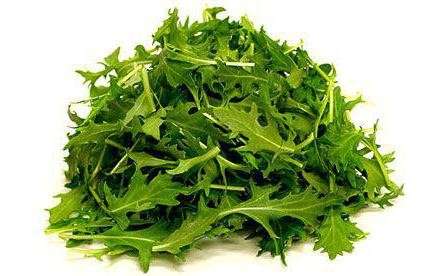

After you have received the first shoots, it is up to watering and weeding. If you worry about soil mulching, these processes will be rare. There is often no need to water the cabbage, as it does not like moisture very much. Only in extreme heat should you make sure that the ground is not very dry.
If it turned out that you delayed watering, after the first bucket of water, the cabbage will quickly restore strength. You also need to weed the plant to avoid problems associated with pest attacks. It is worth noting that with regular cutting, cabbage grows and yields until mid-autumn. And even the first frosts are not very scary to her. In this mode, the plant can exist for three years. As you thin out the crop, you need to sow new seeds every spring, so that you will not have a break in obtaining the product.
Growing conditions
This crop is highly resistant to cold and heat and is not demanding to grow.
Grows well on loamy, drained soil with a high organic content. Loves moisture, but does not tolerate overflows, from which it quickly decays and dies.
The planting bed is harvested in the fall. Several components are introduced per 1 m² of area: potassium sulfate - 20 g, humus - 5 kg and superphosphate - 15-20 g.
Before planting in the spring, the area is sprinkled with ammonium nitrate - 20 g per 1 m², then dug up and watered.
Pest control
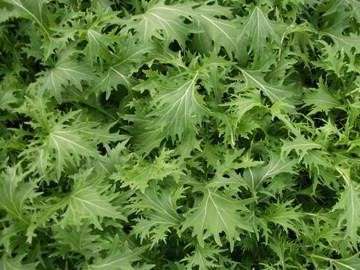

Like any vegetable plant, cabbage can fall prey to pests. One of the most frequent guests is the cruciferous flea. Due to the fact that the plant is used for food, no poisons can be used to combat the pest. In this case, ash and tobacco dust tincture will be a good helper. After diluting the tincture in a ratio of one to ten with water, you need to spray the cabbage. Also in specialized stores they sell natural remedies that help get rid of the problem, but do not harm your health.
In order to respond in time to the appearance of a pest and destroy it, you need to regularly inspect the plant, feel its leaves and stems.If there is any problem, then you will feel that the leaves have begun to wither and the stems to rot.
Growing
Some tips for growing will help make an already unpretentious plant even more productive and useful.
- Lighting.
Some varieties of "Mizuna" are prone to increased shooting, so it is often recommended to choose a planting site in such a way that the sun shines brightly on the bushes in the morning. If you choose varieties that are resistant to shooting, then it is better to plant them in sunny places. - The soil.
Mizuna prefers to grow in nutritious, light soil, therefore it is recommended to optimally add sand and compost to the soil. - Fertilizers.
It is better not to use them, in general, especially organic fertilizers, since this plant accumulates all the nitrates in the leaves. - Watering.
Cabbage "Mizuna" is especially undemanding to soil moisture, but in severe drought it is still worth watering its bushes additionally.
- Pests.
All plants of the Cruciferous family suffer from one misfortune - the cruciferous flea. The use of chemicals for this plant is highly undesirable as Mizuna is a precocious plant. Therefore, you need to try to cope with this scourge with folk natural methods, such as ash or herbal decoctions. - Weeding.
After the first shoots appear, the bed with Japanese mustard must be thinned out, since the bushes grow quite large in diameter. When the plants are still small, careful weeding is necessary. When "Mizuna" grows up, you can use a method such as mulching, and after that the question of weeding disappears by itself. - Growing on a windowsill.
Cabbage "Mizuna" is very unpretentious, so it is not difficult to grow it on the windowsill all year round. It is optimal to use a nutritious soil with perlite to maintain the required soil moisture level.
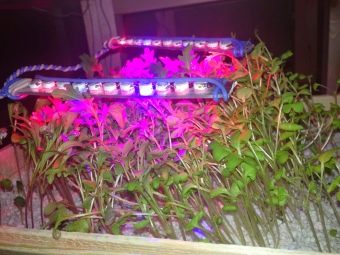

Growing on a windowsill
Useful Tips
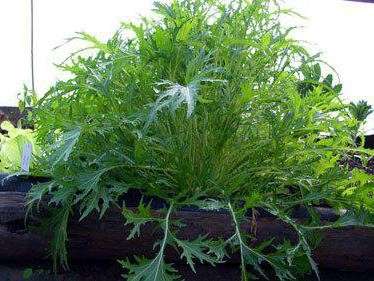

There are some useful tips, listening to which, you will achieve a positive result in growing a plant.
- Japanese cabbage does not like areas where such crops as turnip, radish, radish grew before it. This refers to all plants belonging to the cruciferous family.
- Do not waste time growing seedlings, it will not be beneficial. Sow cabbage directly into open ground. Otherwise, you risk getting a lot of arrows and flowers instead of the desired leaves.
- The plant feels great both in a lit area and in the shade, so there is no need to worry when choosing a place for planting.
- If you want to grow cabbage in a room, then you need to dig up several bushes on the site and plant them in a container, while watering thoroughly. Place the container on the veranda or balcony until frost sets in. In addition to useful properties, the plant also has a beautiful appearance and can decorate your home.
Growing and care
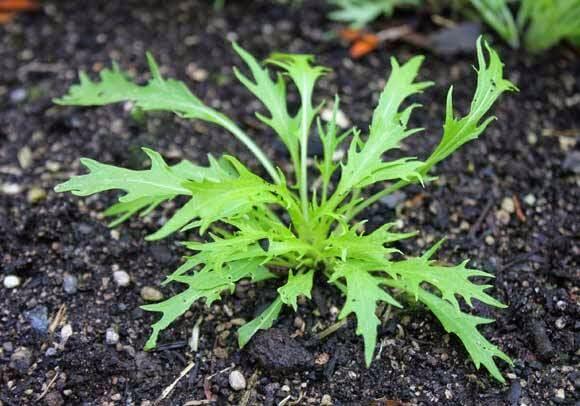

Growing mizuna does not require a significant investment of time and effort. This plant is unpretentious to soil and temperature conditions, survives even in frost conditions. You can grow Japanese cabbage both outdoors and in greenhouse conditions.
For the correct planting of such a plant and obtaining a quality product, there are several simple recommendations:
- it is best to plant the salad in the spring, preferably in April;
- can be planted using seeds or seedlings;
- cabbage has small seeds, somewhat similar to poppy seeds, which must be planted in rows, keeping a distance of thirty centimeters between them;
- after the first shoots appear, the seedlings must be thinned out;
- for better growth after sowing, cover the seedlings with foil;
- the best temperature for disembarkation is considered to be 14-20 degrees Celsius;
- after germination of seedlings, the film should be removed;
- it is better not to use mineral fertilizers for feeding, and you should not add a lot of organic fertilizers, since cabbage is able to accumulate all this in its leaves.
Mizuna is unpretentious in leaving. Timely and regular watering is important. In this case, cabbage leaves cannot be poured, as it will begin to rot. You can cut fresh leaves several times a year, new ones immediately grow in their place.
Herbal decoctions, tobacco dust and ash are used to control pests. It is also necessary to periodically inspect the plant for pests. The infected mizuna begins to wither and rot.
Weeding the plant is also important, but timely mulching eliminates the need for this process.
Application of cabbage
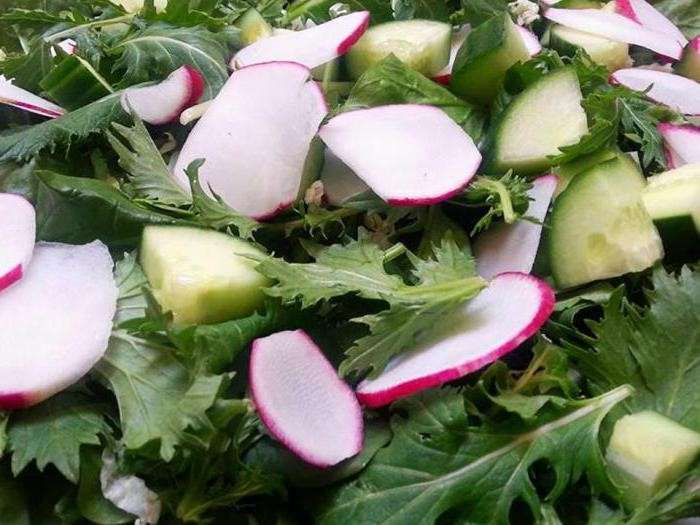

Speaking about the use of the plant, the first thing to pay attention to is that it has a very delicate taste, which resembles something between radish and mustard. Some people compare it to arugula. Cabbage is used fresh, and it is also salted, pickled and dried. Leaves and stems are mainly eaten, the roots are not used. If you store a bunch of cabbage in the refrigerator, then do not throw away the root immediately, it will help keep the leaves fresh, just tug on them as needed until they are fully used.
When it comes to culinary advice, cabbage is used in a variety of dishes. For example, Japanese cabbage salad, cabbage leaf sandwiches, appetizer in addition to meat and fish. In salads, the product is in perfect harmony with both cheeses and fruits.
There are many recipes where this cabbage is used, there is no limit to the culinary imagination. Most importantly, this plant is very useful and is recommended for use even by highly qualified doctors.
Collection and storage
Most often, the shoots of "Mizuna" are cut off completely from the bush, after which a small stump remains, from which new leaves subsequently grow. The root of this plant is also edible; in autumn, when harvesting, you can also eat it. It tastes like rutabaga. Freshly picked leaves of "Mizuna", like any salad greens, are not stored for long.
If it is necessary to extend the lifespan of fresh greens, then it is better to pull out the plant along with a large rhizome, in which case Japanese mustard in the refrigerator can remain fresh for a week. In addition to being eaten raw, this plant goes well with meat dishes and pies. As for the preparation of Japanese mustard for consumption in winter, it is dried, pickled and stored in the freezer.
Japanese cabbage Mizuna is still little known to our Russian summer residents, although it is the earliest of all oriental cruciferous species. In addition, it requires a minimum amount of maintenance, so only the lazy will not be able to grow this vegetable. Mizuna is often grown directly on the windowsill, which is much easier than doing it outdoors.
Japanese cabbage
Take a few mizuna leaves (the amount depends on the taste of the owner), some lettuce leaves, two boiled eggs, one pear, one nectarine, cheese (preferably "Poshekhonsky"), a teaspoon of lemon juice, vinegar and olive oil (their amount also depends on your desires). Finely chop the leaves, cut the fruits, cheese and eggs into cubes. Season everything with lemon juice. vinegar and oil. Bon Appetit!
Unforgivable mistakes in films that you probably never noticed There are probably very few people who would not like to watch films. However, even in the best cinema there are mistakes that the viewer can notice.
Top 10 Busting Stars It turns out that sometimes even the loudest fame ends in failure, as is the case with these celebrities.
Our ancestors slept differently from us. What are we doing wrong?
Site preparation for sowing
Unlike the usual white cabbage, Japanese cabbage:
- Photophilous... The more sunlight, the faster and better the leaves will develop;
- Does not tolerate transplants, therefore, it is sown with seeds directly into the ground to a permanent place;
- Selective to soil, but one should not get carried away with organic matter, since it easily accumulates nitrates;
- Does not tolerate overflow unlike white cabbage, but overheating can also cause flowering;
- Cold-resistant sprouts, and you can not be afraid for early shoots - they easily tolerate temperatures down to minus 4.
If the soil is excessively loamy, you can add sand and compost, a little black soil, or sod soil. Mid - end of April you can prepare a bed, dig it up, spill it with water, and cover it with a film so that the earth warms up.
Growing Japanese cabbage mizuna - reviews and care tips
It's hard to believe, but scientists and many historians are inclined to believe that modern man sleeps quite differently from his ancient ancestors. Initially.
Why do you need a tiny pocket on jeans? Everyone knows that there is a tiny pocket on jeans, but few thought about why it might be needed. It is interesting that originally it was a place for the Chr.
What Happens If You Do the Plank Every Day: 7 Unexpected Plank Effects is an incredible position that is useful in its own right, but also convenient for doing additional exercises.
How to look younger: the best haircuts for those over 30, 40, 50, 60 Girls in their 20s do not worry about the shape and length of their hairstyles. It seems that youth is created for experiments on appearance and daring curls. However, already the last.


When grown in a greenhouse, young plants at the age of 30–45 days are eaten, in the open field it can be kept for up to 90 days, periodically tearing off the leaves. If you sow seeds in separate jars in early spring, and transplant seedlings into open ground in April - May, then all the plants will go into arrows and flowers. And all your efforts will be in vain. At the flower market in Amsterdam, I had the opportunity to purchase the seeds of some rare vegetable crops, among them was Mizuna Early with cut leaves. Master the cultivation of Japanese cabbage on the site, because this plant looks beautiful both in borders and in flower beds.
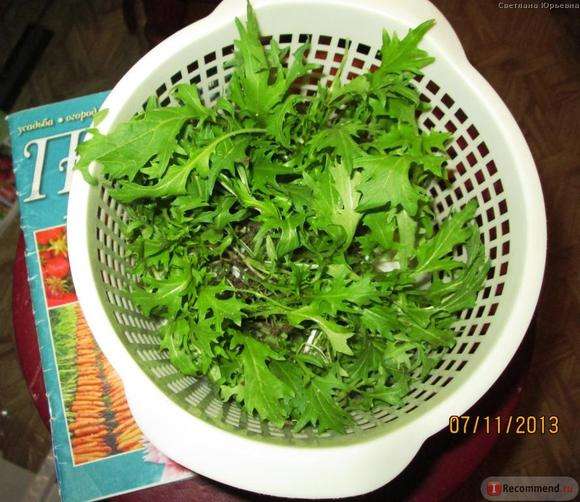

It is tastier than a colored one, but you must constantly have time to cut it, otherwise it will bloom.But on the side branches, new heads are constantly growing, albeit smaller. This year, it seems, the heads of cabbage have already begun to be tied up - and suddenly the arrow climbed, destroying all my joyful hopes. Although greens can be cut off, leaving the root, I advise you to pull out by the roots for long-term storage in the refrigerator and store unwashed in a plastic bag. Then I get bored - I rip it out and throw it away in armfuls - the tomatoes need space. Why do we have white nights at this time, but it didn’t come to flowering. In young plantings, part of the greenery is cut with a sharp knife, while removing weak and diseased leaves. STORAGE In autumn, pull out together with the roots, cut off excess leaves, dry in a draft for a few days and hang upside down in the cellar.
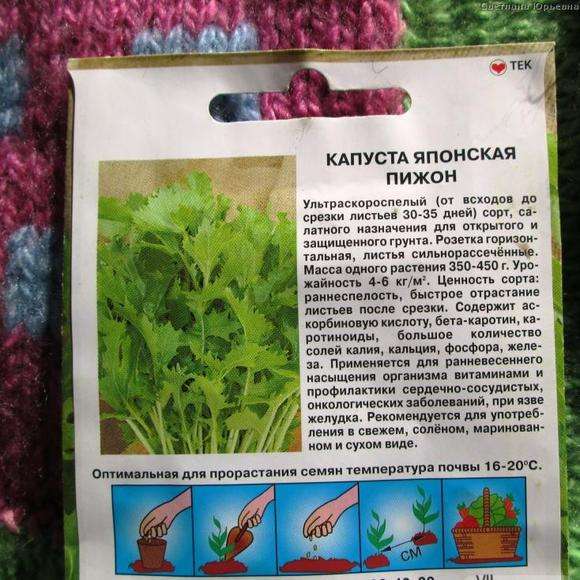

In Russia, the culture is grown mainly in seedlings, although a good harvest can be obtained by sowing seeds in open ground. The seeds of Japanese cabbage are sown at several times. Cabbage can be sown in open ground to a depth of 1 centimeter in early spring. For an earlier harvest, it is recommended to grow seedlings. Sowing starts in May. Planting scheme: 40 cm x 35 cm. It is possible to grow Chinese cabbage through seedlings. Japanese cabbage can be sown at several times, from May to the end of August. Mitsuna grows well in greenhouse conditions from early spring to autumn. You can plant a plant using seedlings or seeds. Cabbage is grown in two approaches - in early spring and in mid-summer. In the spring, seedlings are sown in mid-March. In 7-10 days after the emergence of seedlings, the seedlings dive.
Its leaves are collected in a rosette with a diameter of 20–40 cm, the petioles are thick, strongly convex at the bottom, very tightly pressed together and often occupy 2/3 of the plant's mass, they taste like spinach. Japanese cabbage forms a large spreading rosette with a diameter of 60-90 cm, a height of 35-50 cm. It has well-developed lateral buds (usually 8-15, up to 25), so the leaves are very numerous. The petioles are very tightly pressed together, so the plants are very compact.
Mizuna: growing
Japanese cabbage does not tolerate any trauma to the root system very badly. Therefore, it is better to immediately sow it in open ground. Moreover, the seeds can germinate at a soil temperature of + 3 ... + 5 ° C. And tender sprouts are not even afraid of short-term drops in temperature to minus 5.
But if it is nevertheless decided to grow through seedlings, then the seeds are sown in separate cups. Better peat. To later be planted in the ground together with the pot, without injuring the roots. If you sow Japanese cabbage in a large enough 3-5 liter pot, then it can be grown in the house by the window. Or on the loggia. And get vitamin greens all year round.
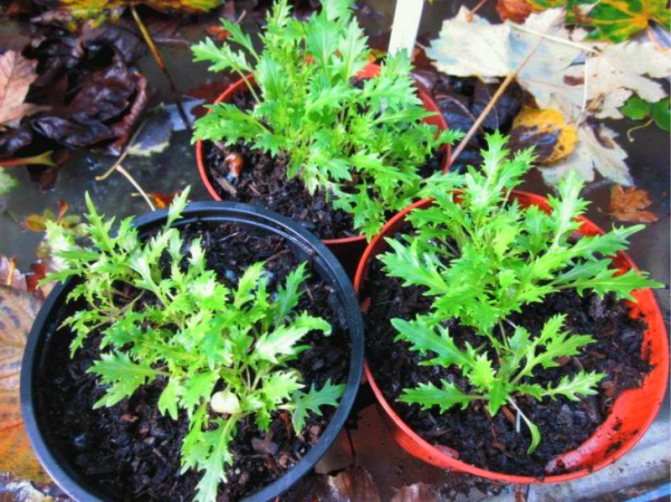

By the way. Find out what other greens can be grown at home by following the link.
Plants develop best in spring, late summer and late autumn. Because mizuna is a short day plant. But with a long daylight hours, the plant will begin to throw out peduncles, to the detriment of the formation of greenery. Which also becomes rough and less tasty. To avoid this, cabbage should be covered daily from May to mid-August. Use a dark covering material for this, reducing daylight hours to 10-11 hours.
Mizuna: choosing a place for landing
A place well-lit by the sun is taken under the bed for Japanese cabbage. The soil needs fertile, loose, well-drained and breathable. The bed must be dug deeply, fertilized well, adding humus and wood ash. Because plants form a large leaf mass, getting a lot of nutrients from the soil.
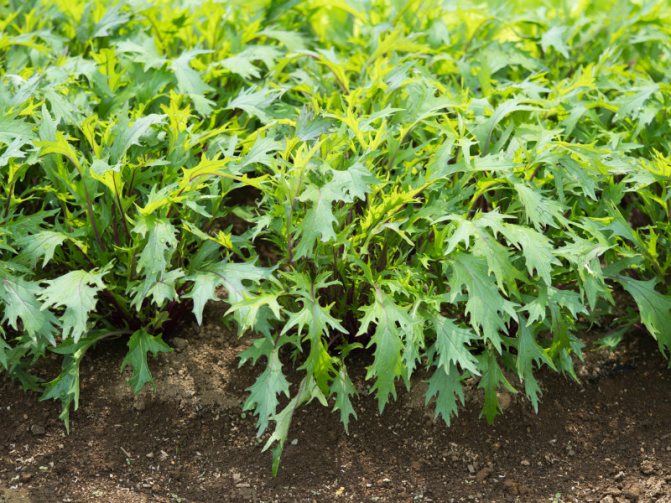

Do not plant mizun salad after all types of cabbage, radish, radish, etc. Because Mitsuna is susceptible to all the same diseases and pest attacks as its cruciferous relatives.
Sowing
When sowing, lettuce seeds should not be deeply buried, because they are very small. The grooves are made no deeper than half a centimeter, at a distance of 0.3 m from each other. In order not to thicken much during sowing, and then thin out less, the seeds are mixed with sand. The seedlings are thinned out, leaving about 30 cm between the plants. Because with a denser arrangement, the rosette is formed loose, the intensity of the color of the leaves decreases.
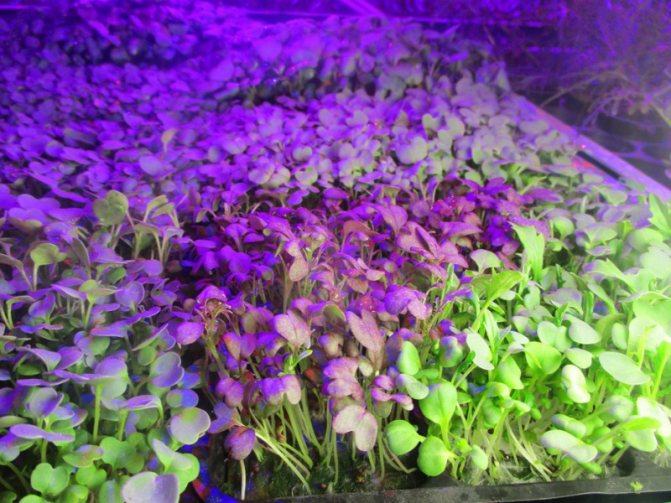

Care
Caring for Japanese cabbage consists in maintaining moderate soil moisture, loosening the soil, feeding with "green fertilizer" after cutting.
ATTENTION!!!
Mitsuna does not tolerate sprinkling irrigation well, because in this case the outlet may rot. It is preferable to water at the root, and it is better to grow this salad on drip irrigation.
To protect your planting from cruciferous flea beetles and other pests, dust the bed with wood ash weekly. It is better to do this early in the morning, before the dew has dried. In addition to protection, ash will also serve as a good fertilizer.
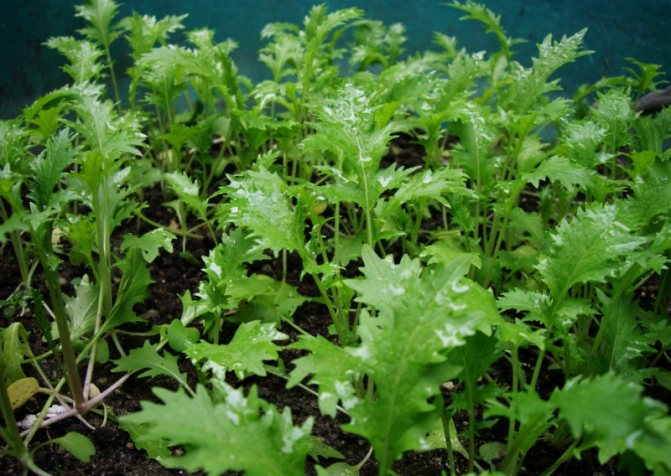

A month and a half after sowing, you can already cut the first greens. It depends on the variety. After a complete cut, the rosette grows back in a couple of weeks.
Growing at home
Japanese cabbage can be grown at home to obtain vitamin greens. On the windowsill, glazed loggia, cool veranda. It will only be necessary to organize additional lighting during the day on cloudy days. But you do not need to extend the daylight hours.
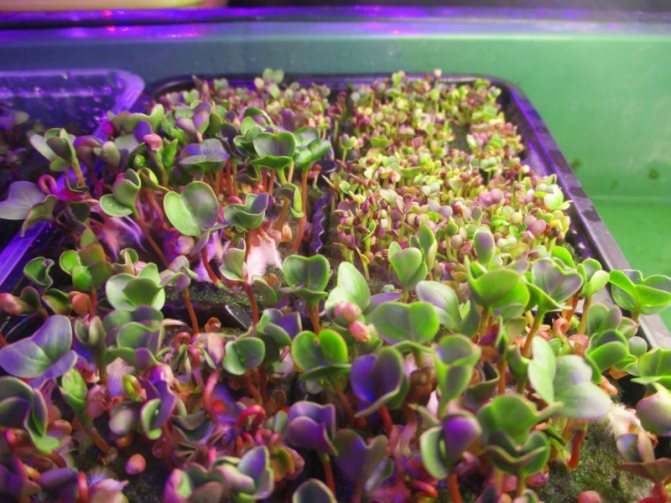

You will need nutritious soil when planting, regular but moderate watering, additional lighting. And that's it! You are provided with vitamins for the winter.
Collard greens are more commonly found in seed catalogs than in vegetable gardens.
And if you, Marina, plant on a long day, then the cabbage very quickly goes through the stages of development and tends to give seeds, i.e. arrows. At BEKINKA, everything is determined by the length of the day. It's just that the culture of this cabbage is still quite young and there are almost no varieties for our conditions. Every year I plant Peking cabbage, I have never shot, although we have a day in St. Petersburg - oh, how long!
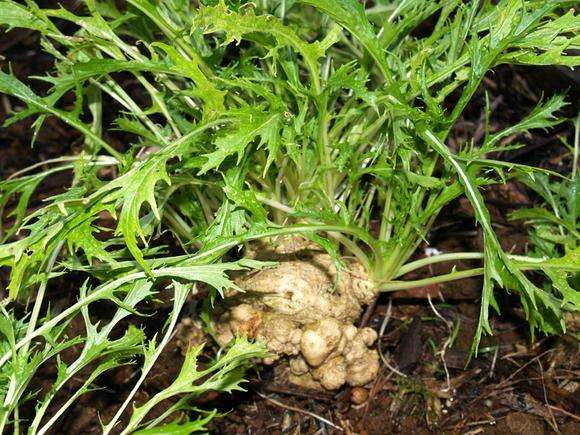

Especially good is Peking cabbage - an early ripening salad plant, rich in vitamins and mineral salts, salad flavor. Less than a month passes from planting to the beginning of collection of the leaves. Peking cabbage is a valuable salad herb. Peking cabbage is an annual and cold-resistant crop that is used in cooking as a salad component. Although this cabbage belongs to cruciferous vegetables, it tastes and looks more like salad crops. In the future, I bought seeds of Peking collard twice, but the greens and seeds were not the same (my seeds are round, like all cabbages). In our area, they learned to grow it as an early ripening salad crop.
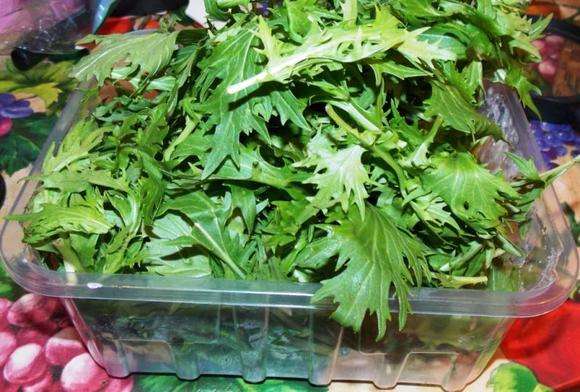

If someone finds the filling taste too radish, you can mix Japanese cabbage greens with spinach leaves, a little dill, any salads that have grown in your garden. In the spring and summer, we cut off the required number of leaves and used this cabbage in salads, and also cooked cabbage soup with it (it tastes like spinach). Last year I just sowed in the garden in May, like any greens (spinach, dill, lettuce).
The green part of plants is recommended for consumption as a powerful prophylactic agent against vitamin deficiency, cardiovascular and tumor diseases. It is used for the early spring saturation of the body with vitamins and the prevention of cardiovascular, oncological diseases, and stomach ulcers.
Natural protection
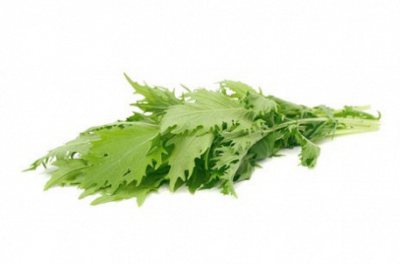

Chemicals are excluded as all toxins accumulate in the leaves... Therefore, wood ash and tobacco dust are perfect for the prevention of diseases.
These natural products do not tolerate all pests at all, except for the bear. Tobacco dust is combined with water in proportions of 1:10 and the plants are sprayed. Ashes can simply be sprayed over the vegetable.
What's wrong with mizune cabbage?
It takes only 50 days from germination to the first harvest. The plant is very unpretentious, easily copes with changes in ambient temperature. The plant is unpretentious, tolerates cool weather and night frosts down to -4 ° C. Prefers well-drained soils, light in composition and rich in organic matter. When grown outdoors in dry weather and high temperatures, most often in July and August, watering the cabbage is essential. The plant cannot be called thermophilic - for growth and development, it is enough to warm the air to 15-22 ° C.
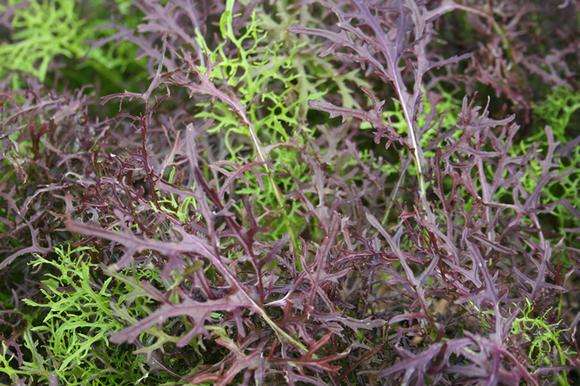

To speed up regrowth, I fed her a little twice, with an interval of 2 weeks, with liquid Biohumus (I avoid applying mineral fertilizers for vegetable plants). The beds for Japanese cabbage must be prepared in the fall. To do this, humus (4-5 kg), superphosphate (20-25 g) and potash (10-15 g) fertilizers are added to the soil for each square meter.
- Maggi Diet (2 options, menu for 4 weeks) In the last article on the Maggi Diet, I revealed the essence of the diet and showed what results can be achieved. Reviews of the Maggi diet can be found on any diet forum. That's over
- Reviews about Belt for body shaping Torneo A-226 I would like to hear the opinion of a professional on my problem. Sorry! It really helps me. Well, what can you do, you know what advertising is for. I told everything in the article. I think that you
- Lenovo P780 (Lenovo P780) price from 6770 rubles Yes, it was the flashlight It just turned on and didn’t turn off. For half a day I’ve been walking like this And I turned on the phone, did anything, even waited until it sits down, it still burns. I don't know what to do, how
Japanese cabbage varieties
Two varieties of Japanese cabbage are registered in the State Register of Breeding Achievements of the Russian Federation - Mermaid (Gavrish) and Pizhon (Sedek).
- the little Mermaid - mid-season variety. The period from full germination to the beginning of technical ripeness is 60 - 70 days. Forms a horizontal or slightly raised rosette of 44-60 leaves, 37-41 cm high, 64-75 cm in diameter. The leaves are green, lyre-pinnately-lobed, smooth or slightly wrinkled, incised along the edge. The petiole is white. The mass of one plant is 1.0-1.7 kg. Good taste. The yield of leaves with petioles is 5.0-6.5 kg / sq. m. The variety is resistant to flowering. Suitable for growing in open and protected ground from early spring to late autumn at several times.
- Dude - ultra early ripening variety, from germination to leaf cutting 30-35 days. Salad purpose for open and protected ground. The rosette is horizontal, the leaves are strongly dissected. The mass of one plant is 350-450 g. Productivity is 4-6 kg / m². Variety value: early maturity, rapid growth of leaves after cutting.
"Aelita" sells seeds of Japanese cabbage variety Mizuna, "Biotekhnika" - varieties with more carved, openwork foliage, which will also serve as a good decoration for dishes - Mizuna Green and Mizuna Red (the latter has an anthocyanin tint of foliage and is most beneficial for the body). And among other things, these varieties are good contenders for an ornamental garden.
|
|
Mitsuna (mizuna, Japanese cabbage)
Mitsuna or Japanese cabbage belongs to the type of Turnip of the genus Cabbage and is a close relative of Peking cabbage and bok-choy. In appearance and taste, Mitsuna kale is closer to leafy vegetables than cabbages.
Mitsuna, native to Japan, has been cultivated on the Pacific coast since the 16th century. This vegetable, very popular in Asia, is gaining more and more popularity in Europe. However, it is very difficult to find Mitsuna in Russia; it is grown mainly by amateur gardeners.
Mizuna very unpretentious vegetable culture. It can be grown outdoors for most of the season. You can plant this wonderful vegetable on the windowsill in the apartment.
There are two cultural forms of Mitsuna - with whole leaves and dissected leaves. Leaves with uneven edges, as if cut with scissors, do not form a head of cabbage. This cabbage grows quickly, forming a powerful rosette of leaves in a month. Leaves can be plucked throughout the summer. An interesting feature of Mitsuna is the ability to form a rather large conical root crop (8-12 cm long and 5-7 cm in diameter). The skin of the root vegetable is white, the flesh is tender, and it tastes like rutabagas.
The chemical composition of Japanese cabbage is not inferior to the best representatives of cabbage vegetables. It contains vitamins C, B1, B2, B3, B4, B5, B6, B9, E, K, PP, carotene; rich in minerals, especially potassium, calcium, phosphorus, iron; contains many other biologically active and beneficial substances for the body.
Characteristics of vegetable crops
Cabbage "Mizuna", which is also called "Mitsuna" or Japanese mustard, belongs to the salad crops of the Cruciferous family of the Cabbage genus. This family also includes such familiar cultures as white cabbage, cauliflower, Brussels sprouts, kohlrabi, broccoli.
The closest relative of "Mizuna" is Peking cabbage.
As the name suggests, Japanese cabbage "Mizuna" was brought to our region from Japan. It has been cultivated in Asia for over 500 years.The Japanese have long been famous for their concern for nutrition, so there is no reason to doubt the benefits of this plant.
Despite the fact that "Mizuna" belongs to the category of cabbage plants, it does not form a head of cabbage, therefore it is often perceived as a salad culture. Instead of a head of cabbage, this plant forms a rather voluminous rosette of leaves with very long stems.
Besides being used for food, "Mizuna" is also valued for its beauty, so it can be used as an ornamental plant, but only thanks to its beautiful leaves, since the flowering of Japanese cabbage is rather faded - with light yellow small flowers.
Another of the pleasant features of "Mizuna" is its early maturity. The first crop of fragrant spicy leaves can be harvested as early as 1 month after planting the seeds.
And it is also resistant to frost, withstands small frosts both in spring and early autumn, which is another reason to grow such a plant in the middle latitudes of our country.
Mizuna salad beneficial properties
Nutritional value of Mitsuna cabbage: proteins - 2 grams, fats - 0.2 grams, carbohydrates - 1.5 grams. Calorie content of Japanese cabbage: 16 kcal.
The taste of Mitsuna is not like other types of cabbage and salad greens: from spicy, tangy, but rather mild, a bit like arugula. Some varieties of Japanese cabbage have a sweetish taste with fruity tones. Mitsuna leaves are crispy and juicy in consistency. To preserve all the best qualities of a vegetable, it is better to eat it immediately after purchase. Mitsuna is kept in the refrigerator for no more than a week.
In cooking, mizuna is widely used in Japanese cuisine. The national Japanese dish of mitsuna is called "nabemono" - a special stew that is cooked on a small stove right on the table in a low and wide saucepan. Of course, not only this festive dish can be prepared from Japanese cabbage.
Mitsuna leaves are great in vegetable, fruit, fish salad, great for making sandwiches. Mitsuna leaves are added to side dishes, stews, marinades and soups (but not as a main component), they can be dried. Fresh Japanese cabbage goes well with fish, poultry, meat and, of course, other vegetables.
You can make kimchi from mizuna, and you can also use boiled sushi leaves instead of seaweed.
Beautiful carved mitsuna leaves are also suitable for decorating dishes.
The useful properties of Japanese cabbage make up a rather impressive list. Its regular consumption strengthens the immune system, promotes rejuvenation, cleansing the body of salts, and improves the functioning of the digestive system. Mitsuna is a means of preventing neoplasms. It should be included in the diet for people with vision problems, diseases of the cardiovascular system, overweight, anemia. Mitsuna strengthens the walls of blood vessels, prevents the deposition of cholesterol plaques on their walls. Eating Japanese cabbage is also beneficial for the skin: it becomes more elastic and healthy. Finally, Mitsuna is an excellent source of vitamins.
Description of the variety
The Japanese Little Mermaid is an achievement of Japanese selection. The annual culture belongs to the Brassic family.
The main feature of the variety is the ability to repeatedly release new leaves after harvesting.
The average weight of one head of cabbage is about 1.5 kg. Vegetable in the form of a rosette 50-60 cm high, at the beginning of growth forms numerous buds, from which leaves develop.
Cabbage forms many leaves, while not prone to stem development: it can produce up to 50 leaves of rich green color with a thin, whitish vein in the center.
The leaves have a delicate taste of greenery and a light salad aroma. The surface is smooth, slightly wrinkled, with serrated edges.
The ripening period is early - two months after the germination of the seedlings, the first harvest can be harvested. Subject to all the rules of care, productivity is high.
Application
The Japanese Little Mermaid is widely used in cooking - cabbage is added to sandwiches, first and second courses, cold snacks, salads, pickles and pickles.
This product contains a small percentage of mustard oil, so it can be used by everyone, even those who suffer from heart and vascular diseases, ulcers and gastritis.
Due to its high decorativeness, the variety is used in landscape design - it is planted along curbs, in flower beds, in flower beds and on alpine hills.
Recipe: Salad with mizuna, arugula and vegetables - Light Japanese exotic.
Ingredients:
lettuce leaves - 0.5 bunch; chicken eggs - 3pcs; mizuna - 1 bunch; cucumbers - 2 pcs; tomatoes - 2pcs; arugula - 0.5 bunch; boiled sausage - 300grm; mayonnaise to taste; salt to taste
Cooking method
A: Probably most of the clicks on this recipe are due to interest in the word mizuna. I promise to satisfy your curiosity and tell you what it is and what it is eaten with, using this simple green salad as an example.
The first step is to carry out the "hendiwork" operation - chop the lettuce leaves by hand.
Description and characteristics
The closest relatives of this plant are Peking cabbage, they have a similar taste and composition. In America and Australia they call her Japanese mustard, or salad.
Delicate green sprouts, graceful and fragrant, collected in a rosette, grow rather quickly after cutting. The delicate mustard taste is misleading, and many people mistake cabbage for mustard.
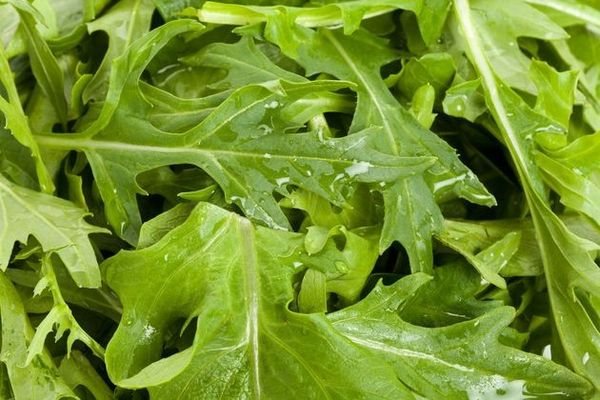

Japanese cabbage tastes bitter and is mistaken for mustard by some.
Seeds began to be brought to Russia by amateurs - breeders, and in the last 10 years it has firmly entered the list of vegetables of many gardeners.
Ease of cultivation, excellent taste and yield are the main features of this variety.
Growing Japanese cabbage: an overview of varieties, care features, useful properties
Then we send them to the bottom of the salad bowl.
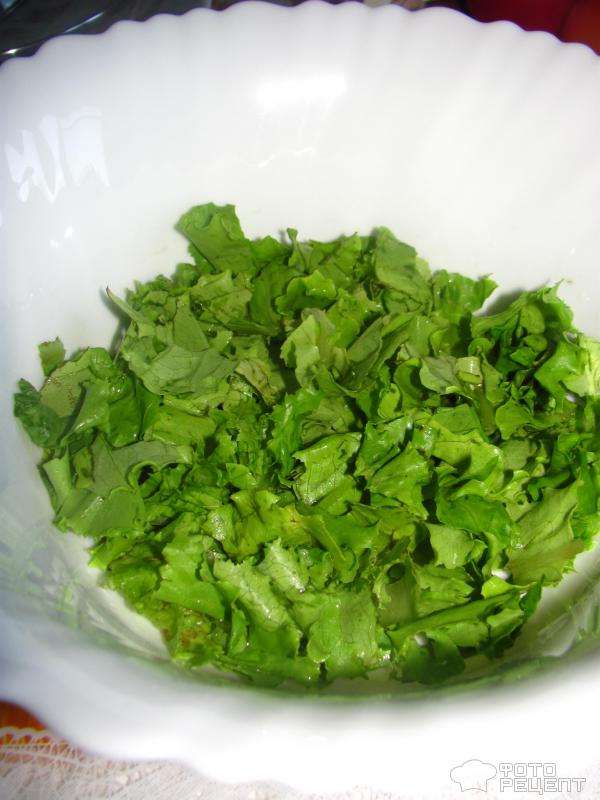

Add 3 chopped eggs to the lettuce leaves.
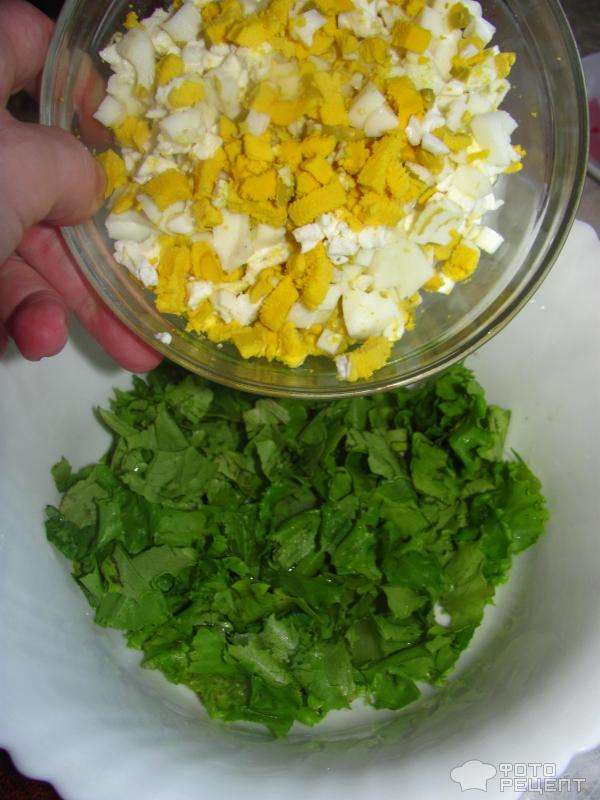

The next ingredient is mizuna. Japanese exotic - or cabbage for the lazy. It can be very interesting for vegetable lovers as an ultra-early ripening, productive crop. This bunch of green vegetation with delicate leaves and fragrant yellow flowers is just beginning to conquer our market. In typical summer cottages, it is practically not grown. However, the mizuna is worthy of our attention. In terms of its biochemical properties, it is similar to Chinese cabbage, which is rich in carotene. Its use helps to strengthen the immune system, increases the body's resistance to infections, and prevents the development of cancer. Japanese mizuna contains fewer mustard oils than other cabbage relatives, so it has a more delicate, sophisticated and slightly spicy taste. Mizuna leaves are used in salads and to decorate dishes. But you can cook it fried, salted or boiled. When preparing sushi, boiled mizuna leaves are used instead of seaweed. Let's continue the process of preparing the salad. We cut off the roots from the tops and shred the Japanese cabbage.


Feel free to add it to the future salad.
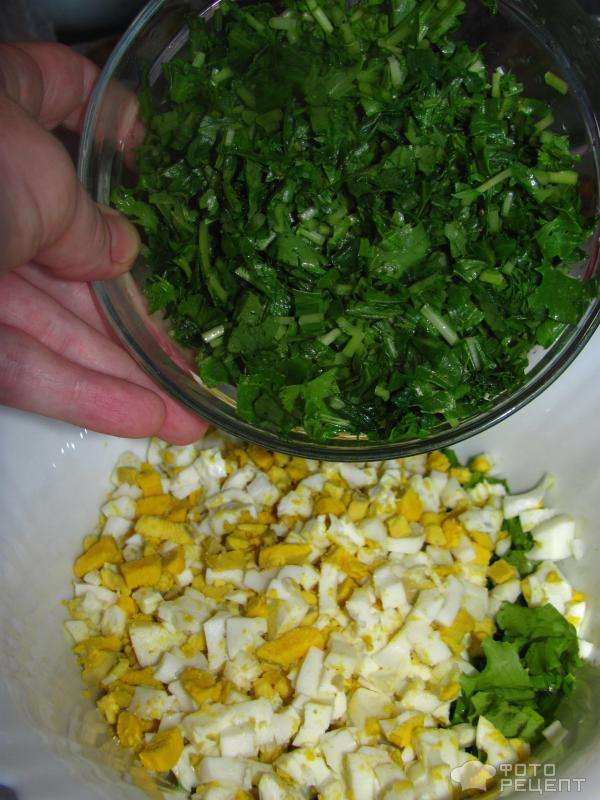

Cut 2 tomatoes and 2 peeled cucumbers into cubes.
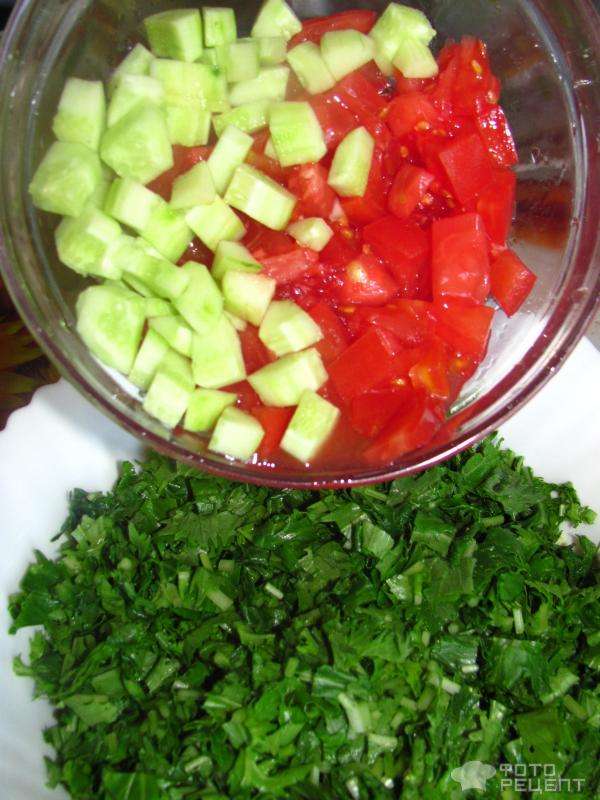

Salt vegetables to taste.
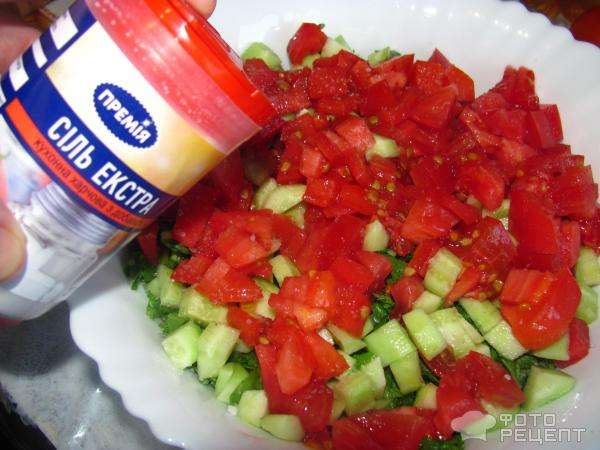

0.5 bunch of arugula will replace the bitterness of onions.
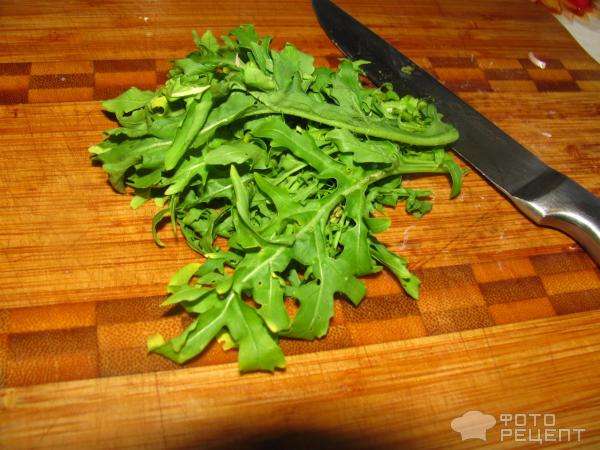

300 grams of boiled sausage will make this salad more satisfying.
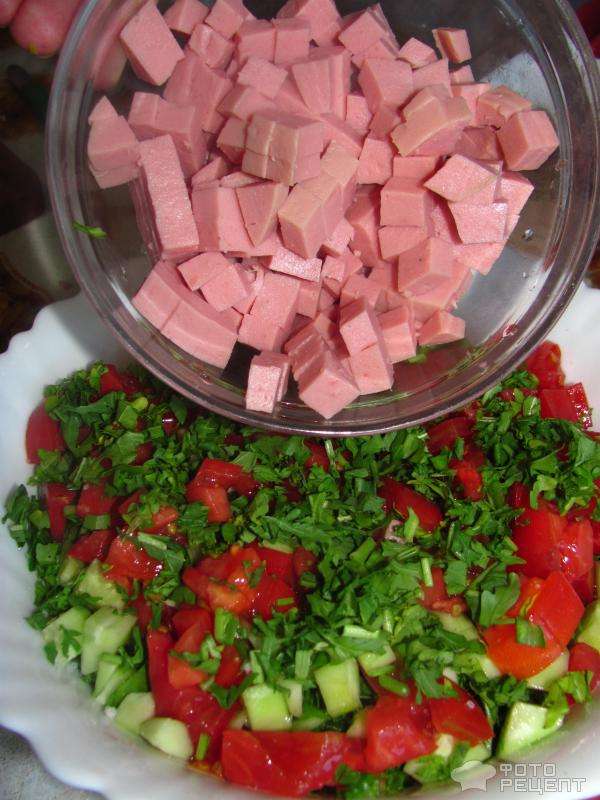

The assembly is complete. Mix the ingredients.
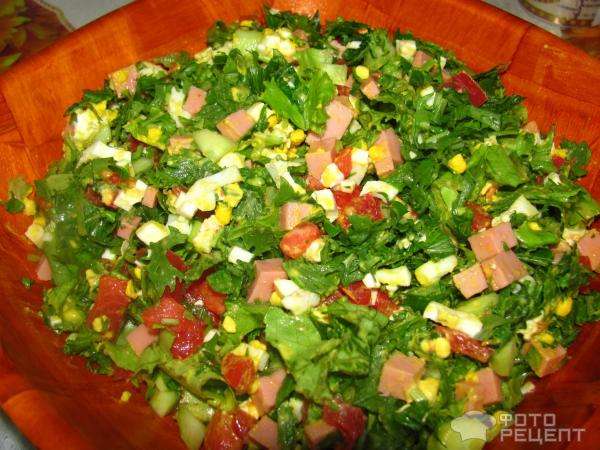

When serving in portions, add mayonnaise. Decorate with flax seeds.
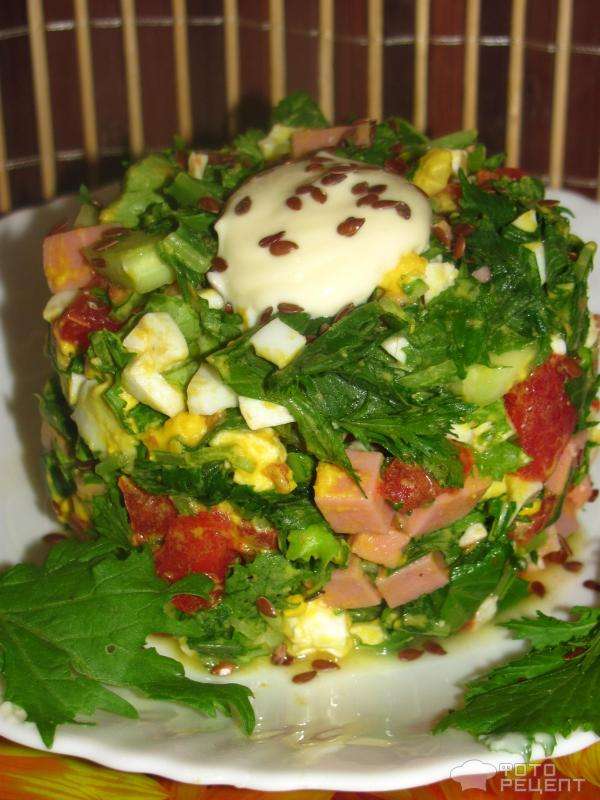

Time for preparing:PT00H30M30 min.
Is this a good recipe?
Recipe Comments:
Leave your comment
Storage conditions
Cabbage is not washed, kept in the refrigerator, in a food bag... In this version, the vegetable can be stored for up to ten days without being damaged and without losing its taste and useful qualities.
Thus, due to the combination of yield, unpretentiousness and early maturity, Japanese cabbage can be considered a versatile vegetable.Even an inexperienced gardener can grow this greens not only in the country, but at home. The excellent taste and useful qualities of the product make this greens indispensable on the tables of Russians.
Harvesting
Because Japanese cabbage grows quickly after being cut, you will reap several crops.
First collection, depending on the variety you receive after 30 - 60 days, and the next ones are no later than after 15 days... Cut off the entire aerial part so that the white stems are barely visible. The root must be left intact.
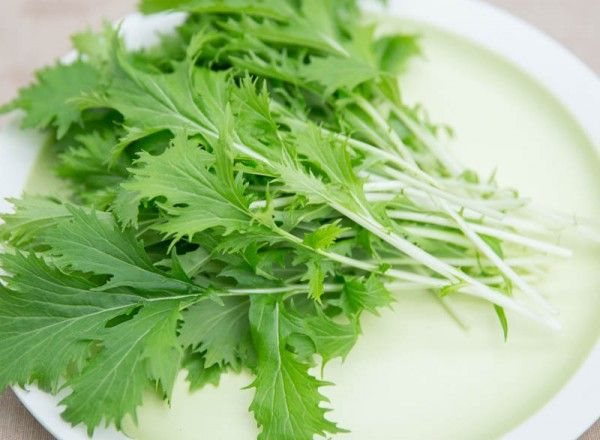

Depending on the variety, the first harvest of Japanese cabbage is obtained in 30-60 days.
After cutting, spill with vermicompost, or herbal infusion diluted in water, and wait for a new batch of beautiful and healthy greens.
This vegetable is excellent in many characteristics, but first of all - in its taste and aesthetic qualities. You can use it in the garden not only as a vegetable, it is decorative and will become an edible decoration. With Japanese cabbage, fresh and healthy greens on your table are guaranteed throughout the summer.
Diseases and pests
To prevent the development of diseases on the Japanese Little Mermaid cabbage, it is necessary to observe the crop rotation. Legumes, pumpkins and nightshades are good crop precursors. It is not recommended to plant a Japanese variety after crucifers, since they have common diseases and pests.
Blackleg
It manifests itself mainly on young seedlings in the form of darkened and dry areas at the bottom of the shoots.
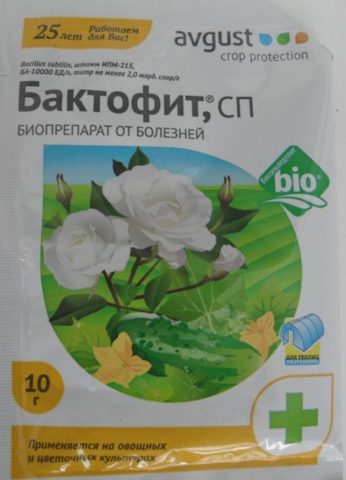

For the prevention of black leg, pre-planting seed treatment with Baktofit is recommended.
When a disease is detected, the damaged leaves are removed, and the plant is watered under the root with a weak solution of manganese.
Peronosporosis
Appears as an off-white bloom on foliage, and yellow spots may also be seen. Not only young, but also adult specimens can get sick. Prevention consists in proper planting and care: thickening and excessive moisture of the soil should not be allowed.
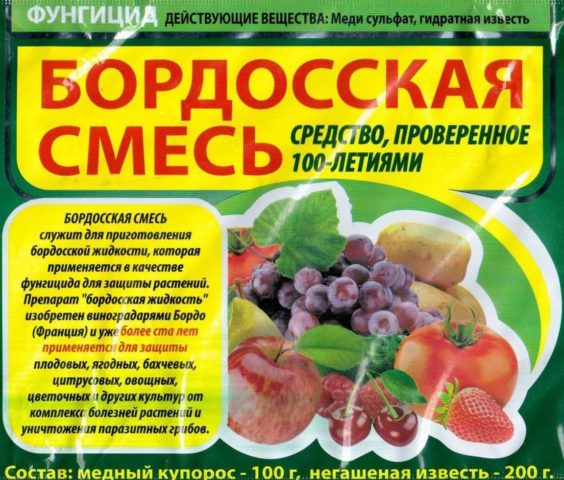

When the first symptoms of peronosporosis appear, the Little Mermaid cabbage seedlings are sprayed with Bordeaux liquid or fungicides
Fomoz
The first signs are spots and a dark root collar. Young seedlings are susceptible to disease. If detected, it is necessary to spray with Bordeaux liquid (1% solution).
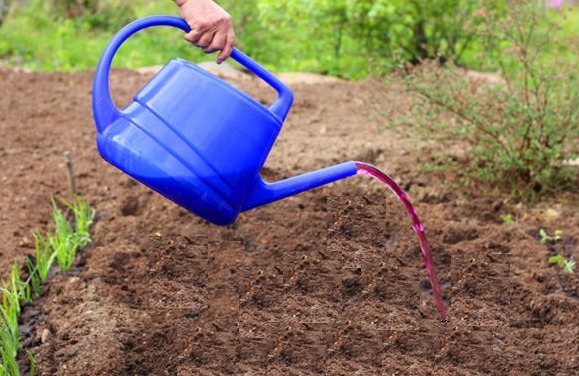

For preventive purposes, use the treatment of the earth with a solution of potassium permanganate
Pests can also reduce yields.
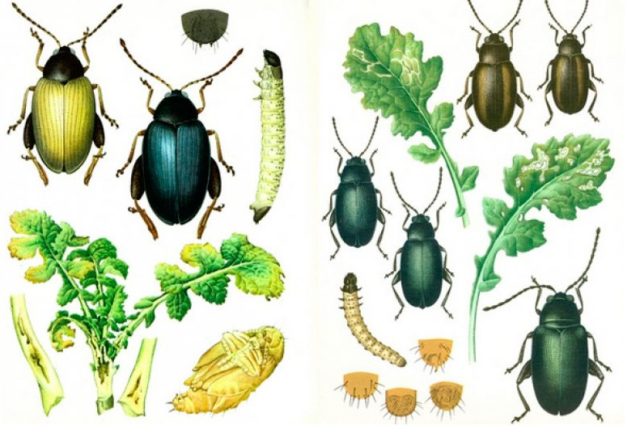

Japanese cabbage The Little Mermaid loves a cruciferous flea
You can notice the appearance of insects by small holes in the shoots and foliage. The invasion of the pest is observed in the spring, when the air temperature warms up to + 16-17 ° C.
There are various ways to deal with the cruciferous flea. Insects do not like high humidity, so regular watering will prevent them from appearing. Dusting plants with tobacco and ash is effective; lime can be used instead of tobacco dust.
You can dust not only seedlings, but also the ground. For this, it is recommended to use naphthalene or tobacco dust. You can also spray the plants and the area with a mixture of laundry soap and ash. For 0.5 liters of hot water, you will need 2 tbsp. l. ash and 20 g of soap shavings.
The cruciferous flea does not tolerate the smell of garlic, so spraying can be done with garlic infusion. You can use shredded tomato tops and green soap to create a spray mix.
The mild vinegar solution will also keep uninvited insects away. For its preparation, use 9% vinegar (250 ml) and warm water (10 l).

